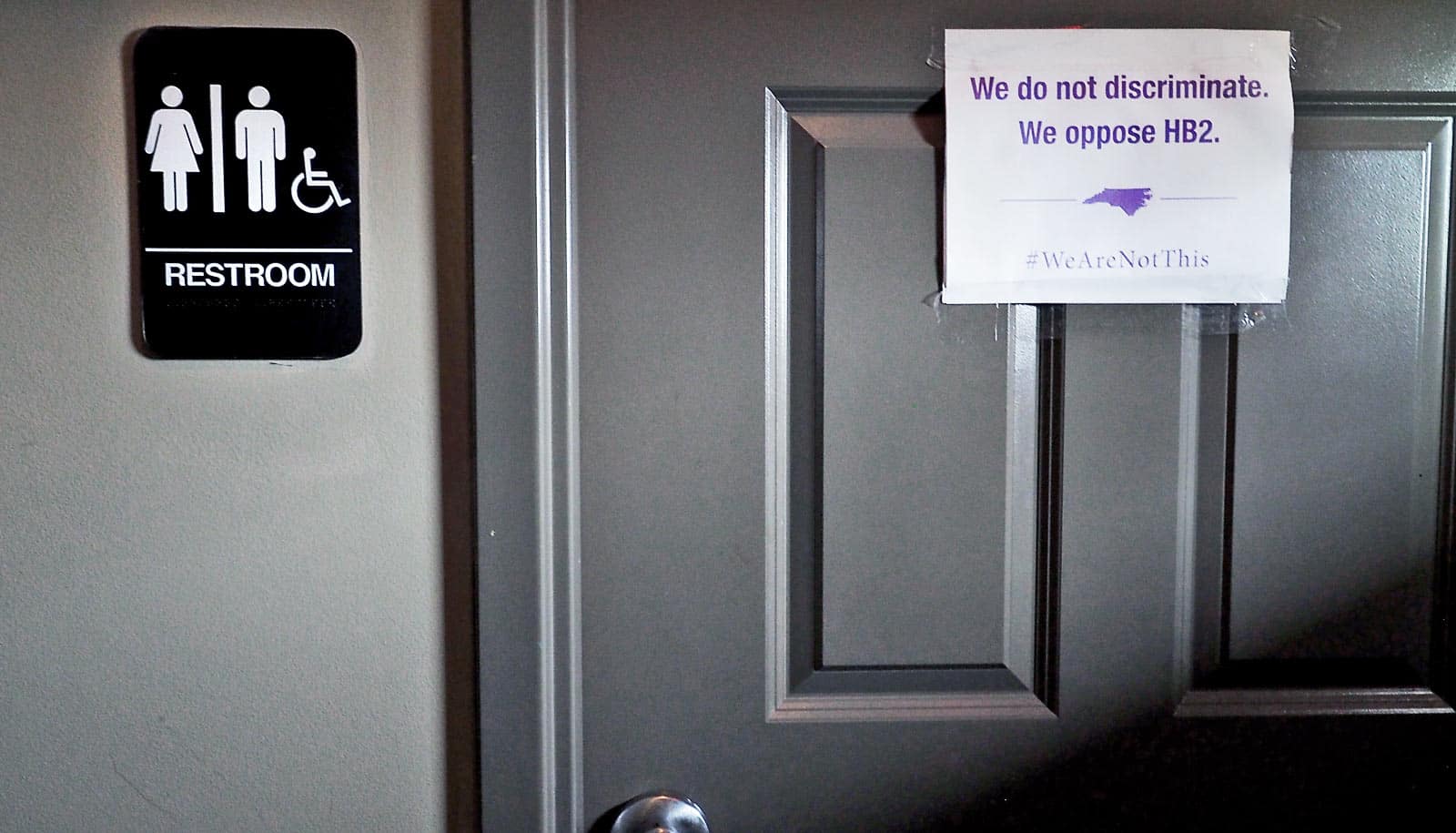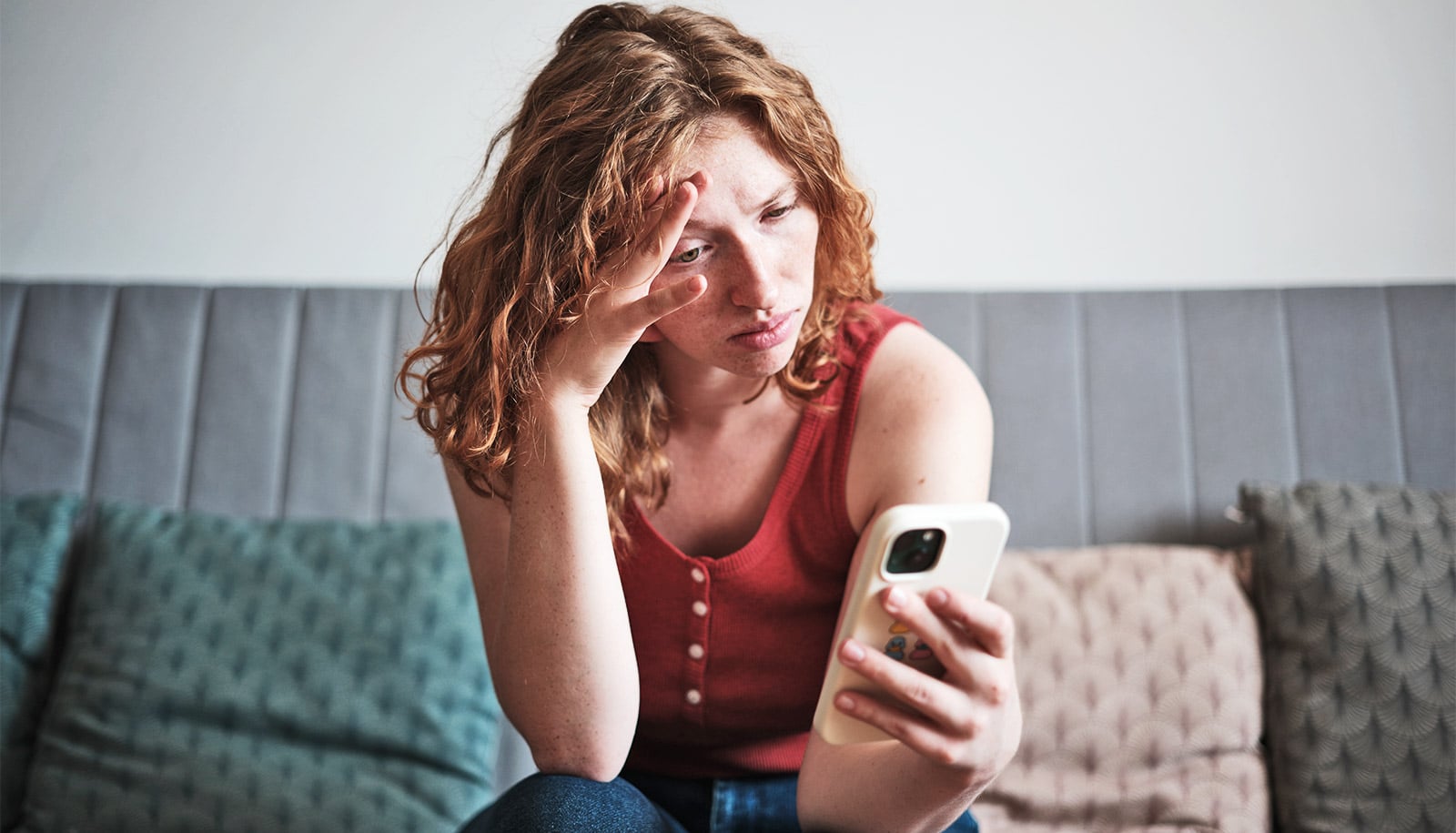LGBT health disparities persist, but research indicates ways to ease them.
In honor of Pride Month and the anniversary of the Stonewall riots, Julia Raifman, an assistant professor at the Boston University School of Public Health, shares her research, which examines LGBT health and health inequities in the United States.
Here, she spotlights the health disparities affecting sexual minorities, the policies driving these inequalities, and how we can eliminate these disparities and drive positive societal change:
What drew you to work on lesbian, gay, bisexual, and transgender health?
I was motivated to work on LGBT health when I became aware of the extent of health disparities among LGBT relative to heterosexual and cisgender people.
It was only in 2015 that the Centers for Disease Control and Prevention (CDC) started including questions on sexual orientation in the main national survey of adolescent health. A CDC research team found that 29 percent of lesbian, gay, and bisexual adolescents reported a suicide attempt in the past year, relative to 6 percent of their heterosexual peers.
The same survey added questions on gender identity in 2017, and researchers found that 35 percent of transgender adolescents reported a suicide attempt in the past year.
I was struck by these teen suicide disparities as one of the largest disparities I had ever seen — and by teen suicide as particularly tragic. I decided to study whether mental health disparities were related to equal and unequal rights for LGBT people.
You found that LGBT rights are linked to health disparities. Can you describe that research?
Our most recent work is on policies that permit the denial of services to people because they are LGBT. There are 14 states that have these types of policies, permitting everything from denying students the opportunity to participate in school groups because they are LGBT, to broadly permitting businesses to turn away customers who are LGBT, to permitting health care providers to turn away patients because they are LGBT.
We studied how mental health changed in three states that were among the first to pass policies permitting service denials to same-sex couples in 2015. We found that there was a 46 percent increase in mental distress among lesbian, gay, and bisexual people after states passed these policies, whereas there were not increases in mental distress among heterosexual people living in the same states or among lesbian, gay, or bisexual people living in neighboring states during the same time period.
We found that the change in mental distress did not depend on whether people were part of a same-sex couple, who might have experienced a direct service denial — the policies affected everyone who was lesbian, gay, and bisexual and could have been part of a same-sex couple.
This study was released a few weeks before the Supreme Court returned the Masterpiece Cakeshop decision, on the case of a cake baker who turned away a same-sex couple, to the Colorado Civil Rights Commission for reconsideration. The cake baker argued that the couple could seek a cake elsewhere. What our study suggests is that permitting cake bakers, businesses, or other individuals or institutions to turn away a group of people because of who they are has implications for the well being of the whole population for whom service denials are permitted. This is a key distinction from turning someone away because they request offensive content on a cake.
In prior work, we found that teen suicide attempts declined after states passed same-sex marriage policies, suggesting that policies guaranteeing equal rights may improve mental health.
Have there been any recent policy changes that affect LGBT people?
There have been several recent policy changes in different directions. The Trump administration has implemented several policies rolling back rights and protections for LGBT people. The administration banned transgender people from serving openly in the military and recently implemented a rule permitting health care providers to turn away patients based on providers’ religious beliefs. The administration also announced plans to reverse anti-discrimination protections in health care for transgender people.
On the other hand, there is precedent for reversing policies permitting the denial of services to same-sex couples. In 2017, Governor Roy Cooper signed a bill reversing North Carolina’s House Bill 2, which had prevented local LGBT non-discrimination ordinances in the state and prohibited transgender people from using public restrooms consistent with their gender identity. In Indiana in 2015, lawmakers passed a bill clarifying that the religious freedom restoration act the state had recently passed did not permit discrimination against LGBT people.
What actions can lawmakers take to eliminate LGBT health disparities?
Nationally, lawmakers could vote in favor of the Equality Act. The Act was passed in the House of Representatives and is under consideration by the Senate. It would prevent discrimination against LGBT people, just as other laws prevent discrimination based on sex, age, disability, or race. At the state-level, non-discrimination policies and reversing policies that permit discrimination could also improve health.
Here in Massachusetts, lawmakers could support the Healthy Youth Act, which would make sex education evidence-based and include information on how LGBT youth can protect their health. This is important because gay and bisexual men have more than 80 times the lifetime risk of HIV relative to heterosexual men — but right now, sex education often does not include LGBT youth at all, in Massachusetts or in most states in the country.
Are there things that other institutions or individuals can do to support LGBT health?
Universities and other institutions can communicate support for LGBT students and have in place policies that prevent discrimination against LGBT people. Steps such as having a gay-straight alliance, hanging rainbow flags in common spaces, and university leaders voicing support for LGBT populations can make a big difference. [Labeling restrooms as gender-neutral] sends an important signal that all are welcome.
Health care providers…can also support LGBT health by asking patients about their sexual orientation and gender identity and addressing disproportionate mental health and sexual health risks. The CDC estimates that 25 percent of gay and bisexual men would benefit from pre-exposure prophylaxis (PrEP) to prevent HIV. It’s important that primary care providers here and across the country identify patients who would benefit from PrEP and are prepared to prescribe it.
At the interpersonal level, family and peer support in particular are strongly associated with the health of LGBT young people. LGBT youth who experienced family rejection had more than 8 times the odds of reporting a suicide attempt relative to LGBT youth whose families supported them.
As an increasing proportion of young people identify as LGBT, it’s important for families and peers to know that their support makes a big difference. We have seen trends of increasing social support for LGBT rights, which hopefully translates into peers and families becoming more supportive as well.
Source: Boston University



